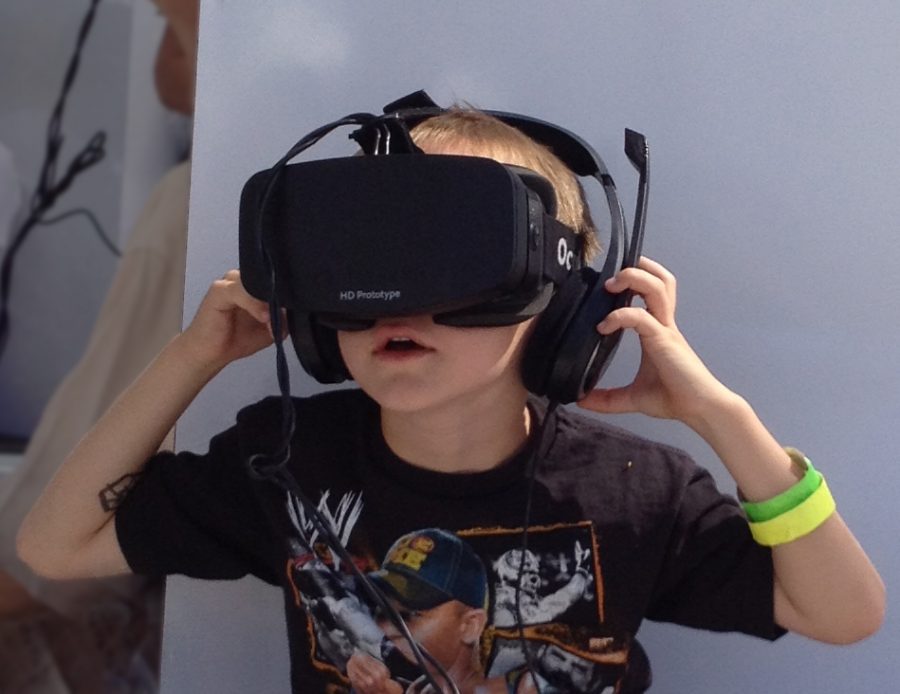We may not have a holodeck or a world within the matrix, but we are one step closer every year. This year’s Electronic Entertainment Expo revealed new worlds in virtual reality headsets. In today’s tech, some of the more popular models include Facebook’s Oculus Rift, Microsoft’s HoloLens and Sony’s Project Morpheus.
Surprisingly enough, virtual reality has been around for more than thirty years. It has been used by both the military and entertainment industry for inclosing people in a different world. Sega’s Master System 3D glasses became one of the first wide released virtual reality systems in 1987. These glasses could play classic games such as “Missile Defense.”
Now it’s 2015, and Project Morpheus can put users into the world of a horror movie. When you enter the world of Capcom’s “Kitchen” demo, you are tied to a chair in an old warehouse with blood on the walls. You are held by a dark force and witness the murder of another captive. Full of jump scares and the inability to see in the dark, it takes away the comfort of watching a scary movie and puts you in it. The Sony representatives at E3 told demo testers to inform them if the demo got too intense, and they would shut it off.
Project Morpheus works with the PS4 and controller as a secondary screen. So, while you play the game through the headset, it also shows on your TV. Since you are tied up in “Kitchen,” the position of holding your controller acts as a means of believability that your hands are tied up. Meanwhile, your friends are laughing hysterically as you jump around in a chair.
With this total immersion experience, I have no doubt virtual reality will take full advantage of games that attack the senses. In the case of horror, that means jump scares and an eerie sound board. First person shooter games could put you in the combat. RPG games could allow the construction of a full virtual world to explore.
Virtual reality platforms have also released plans for multimedia applications. The HoloLens can help college students see the inner workings of the human anatomy projected in a 3D space. According to the Space VR website, a company is planning to send cameras into space, letting consumers view the cosmos from their living room.
It may sound a world away, but the Oculus Rift and Project Morpheus are set to release in 2016.









